How Does A Non Laser Rangefinder Work ?
A non-laser rangefinder typically works by using sound waves or radio waves to measure the distance between the device and the target. These rangefinders emit a signal, such as an ultrasonic pulse or a radio frequency, and then measure the time it takes for the signal to bounce back after hitting the target. By knowing the speed of the signal and the time it takes to return, the rangefinder can calculate the distance. This method is commonly used in devices like ultrasonic rangefinders or radar rangefinders.
1、 Triangulation method: Using angles to calculate distance to target.
A non-laser rangefinder works on the principle of triangulation, which involves using angles to calculate the distance to a target. This method is commonly used in surveying, navigation, and other applications where accurate distance measurements are required.
The triangulation method involves measuring the angles between the observer and the target from two different positions. By knowing the distance between the two positions, the angles, and using trigonometry, the distance to the target can be calculated. This method relies on the basic principles of geometry and trigonometry.
In a non-laser rangefinder, the angles are typically measured using optical instruments such as a theodolite or a total station. These instruments have a telescope that allows the observer to precisely measure the angles between the target and the two positions. The distance between the two positions is usually measured using a tape measure or other distance measuring tools.
The accuracy of the distance measurement depends on the precision of the angle measurements and the distance between the two positions. The smaller the angles and the larger the distance between the positions, the more accurate the measurement will be.
In recent years, advancements in technology have led to the development of electronic rangefinders that use sensors and algorithms to calculate distances. These devices can be more accurate and efficient than traditional optical rangefinders. They often incorporate features such as GPS and digital mapping to provide additional information and functionality.
Overall, the triangulation method used in non-laser rangefinders provides a reliable and accurate way to measure distances to targets without the need for laser technology.
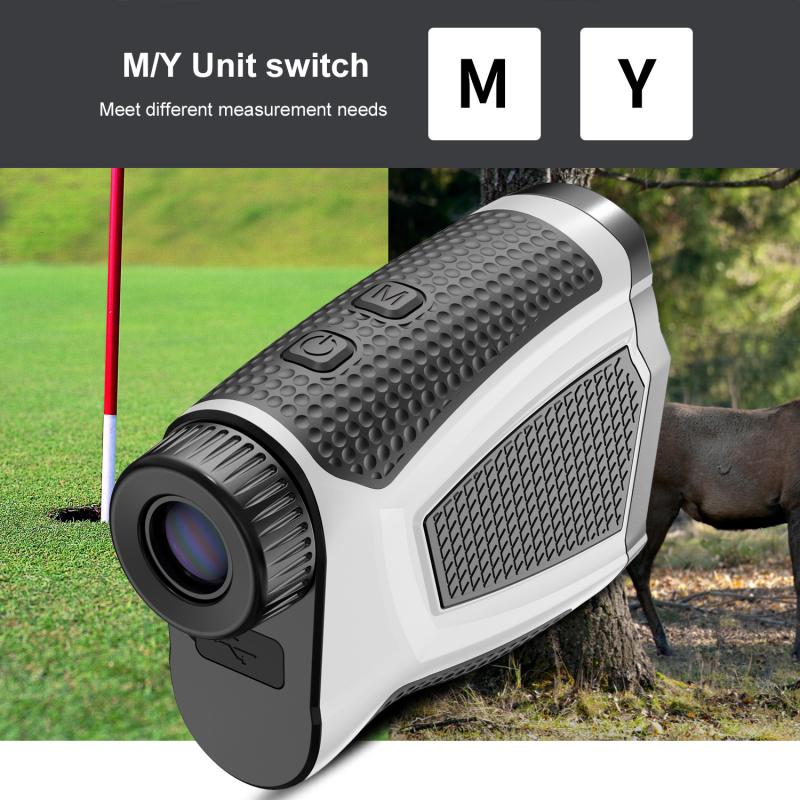
2、 Time-of-flight method: Measuring the time taken for a signal to return.
A non-laser rangefinder, also known as a non-contact rangefinder, works on the principle of the time-of-flight method. This method involves measuring the time taken for a signal to travel to an object and return to the sensor. While laser rangefinders use laser beams to calculate distances, non-laser rangefinders utilize different types of signals such as ultrasonic waves or radio waves.
In the time-of-flight method, the rangefinder emits a signal towards the target object. This signal can be in the form of ultrasonic waves or radio waves, depending on the specific technology used. The signal then travels to the object and reflects back to the sensor. By measuring the time it takes for the signal to make this round trip, the rangefinder can calculate the distance to the object.
Ultrasonic rangefinders emit ultrasonic waves and measure the time it takes for the waves to bounce back. These waves are inaudible to humans but can be detected by the sensor. Radio wave rangefinders, on the other hand, use radio frequency signals to determine the distance. These signals are emitted and received by the sensor, and the time taken for the signal to return is measured.
Non-laser rangefinders have their advantages in certain applications. They can be used in environments where laser rangefinders may not be suitable, such as in areas with high dust or smoke levels. Additionally, non-laser rangefinders can be more cost-effective and have longer battery life compared to laser-based devices.
It is worth noting that technology is constantly evolving, and new advancements may bring about more accurate and efficient non-laser rangefinders. Researchers and engineers are continuously exploring different methods and signal types to improve the performance of non-laser rangefinders.
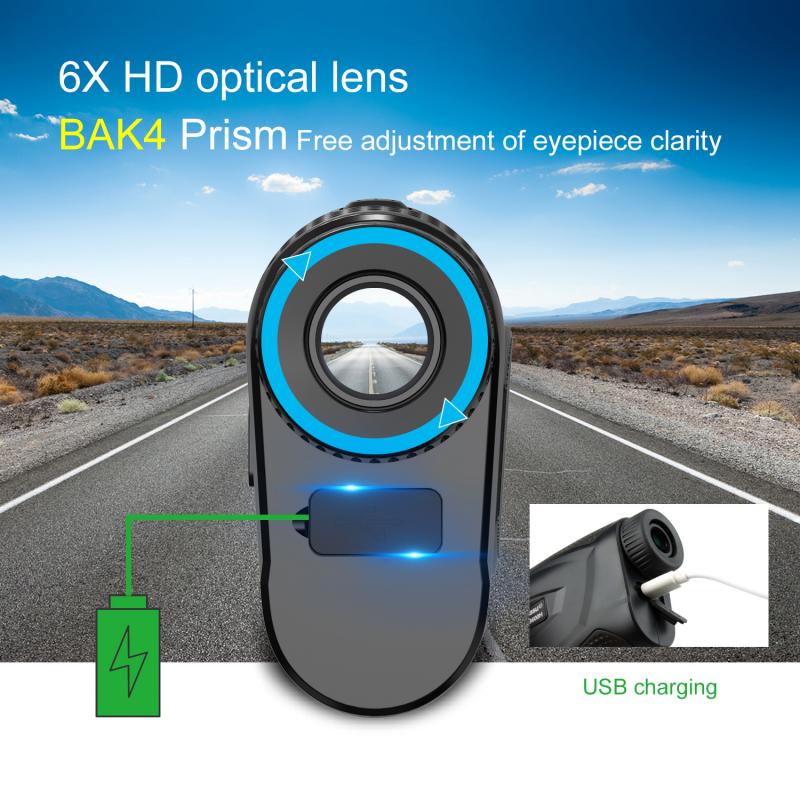
3、 Ultrasonic rangefinder: Emitting and receiving ultrasonic waves to measure distance.
A non-laser rangefinder, such as an ultrasonic rangefinder, works by emitting and receiving ultrasonic waves to measure distance. This technology is based on the principle of sound waves and their reflection.
The rangefinder consists of a transmitter and a receiver. The transmitter emits a short burst of ultrasonic waves, which travel through the air towards the target object. When these waves encounter an object, they bounce back and are detected by the receiver.
By measuring the time it takes for the ultrasonic waves to travel to the object and back, the rangefinder can calculate the distance between the device and the object. This is done using the speed of sound in air, which is a known constant.
Ultrasonic rangefinders are commonly used in various applications, such as robotics, distance measurement, and parking sensors. They offer several advantages over laser rangefinders, including lower cost, smaller size, and the ability to work in various lighting conditions.
However, it is important to note that ultrasonic rangefinders have limitations. They are not as accurate as laser rangefinders, especially over long distances. Additionally, they can be affected by environmental factors such as wind, temperature, and humidity, which can alter the speed of sound.
In recent years, there have been advancements in ultrasonic rangefinder technology. Some devices now incorporate multiple transmitters and receivers to improve accuracy and reduce errors caused by obstacles or uneven surfaces. Additionally, there have been developments in signal processing algorithms to enhance the performance of ultrasonic rangefinders.
Overall, ultrasonic rangefinders provide a reliable and cost-effective solution for distance measurement in various applications. While they may not offer the same level of precision as laser rangefinders, they continue to evolve and improve, making them a viable option for many users.
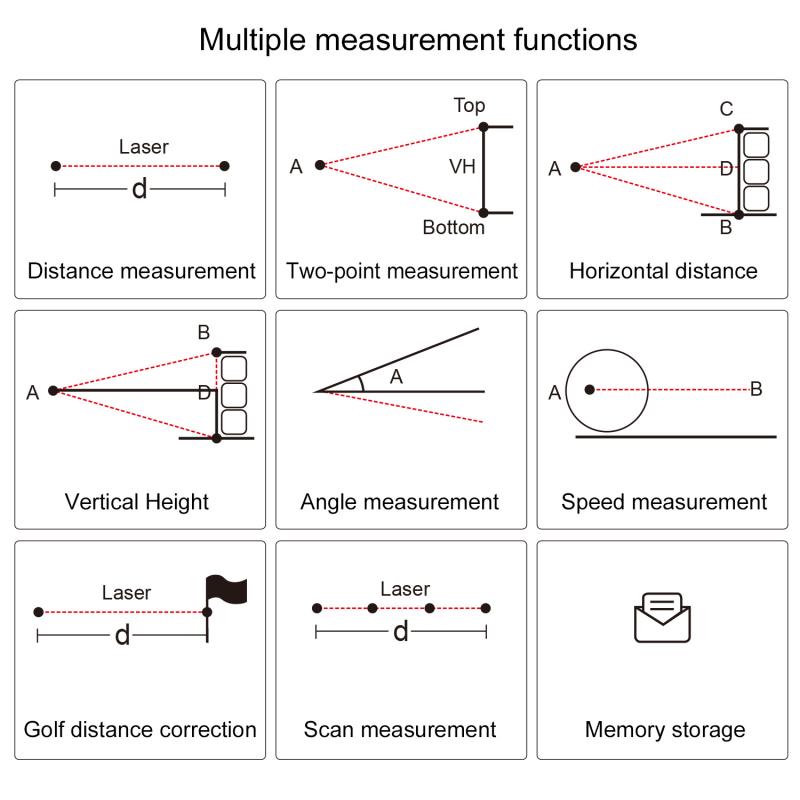
4、 Infrared rangefinder: Utilizing infrared light to determine distance.
A non-laser rangefinder, such as an infrared rangefinder, works by utilizing infrared light to determine distance. Infrared light is a type of electromagnetic radiation that has a longer wavelength than visible light. This type of rangefinder emits a beam of infrared light towards the target and measures the time it takes for the light to bounce back to the device. By knowing the speed of light, the rangefinder can calculate the distance based on the time it takes for the light to travel to the target and back.
Infrared rangefinders typically consist of an infrared emitter and a receiver. The emitter emits a beam of infrared light towards the target, and the receiver detects the reflected light. The rangefinder measures the time it takes for the light to travel to the target and back, using this information to calculate the distance.
One advantage of infrared rangefinders is that they are not affected by ambient light conditions. Unlike laser rangefinders, which can struggle in bright sunlight or foggy conditions, infrared rangefinders can still accurately measure distance in various lighting environments. Additionally, infrared rangefinders are often more affordable than laser rangefinders, making them a popular choice for recreational activities such as hunting, golfing, or photography.
In recent years, there have been advancements in infrared rangefinder technology. Some devices now incorporate additional sensors and algorithms to improve accuracy and provide more precise distance measurements. These advancements have made infrared rangefinders even more reliable and efficient in determining distances.
Overall, infrared rangefinders offer a reliable and cost-effective alternative to laser rangefinders. They utilize infrared light to accurately measure distances and are not affected by ambient light conditions. With ongoing technological advancements, infrared rangefinders continue to improve in accuracy and functionality, making them a valuable tool in various applications.
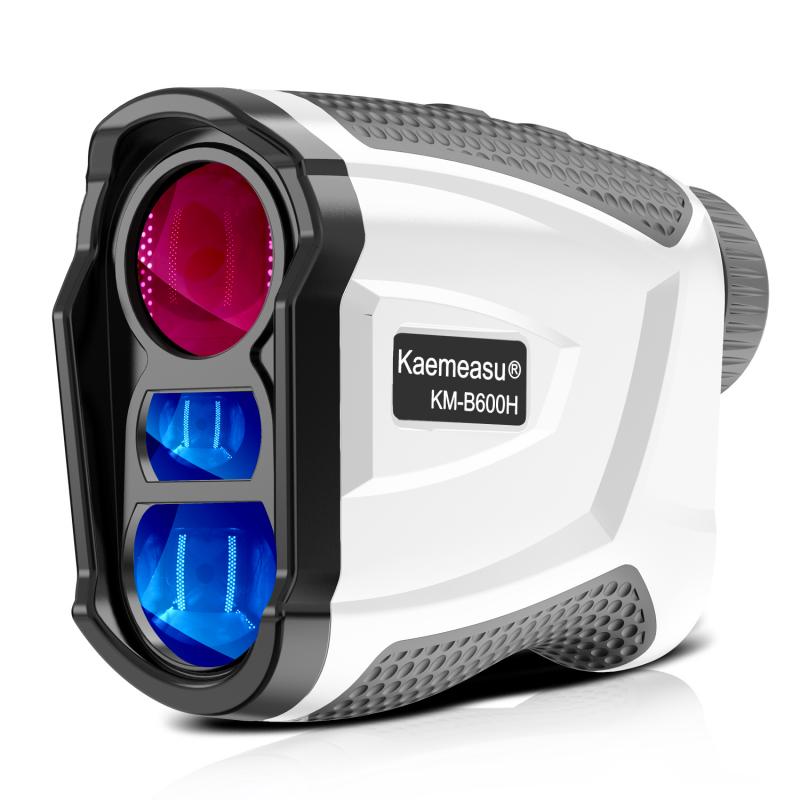

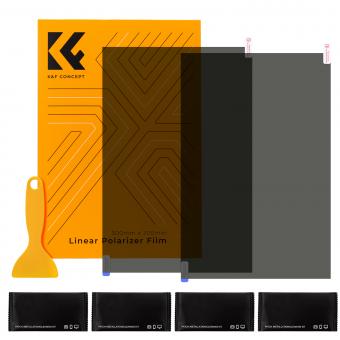





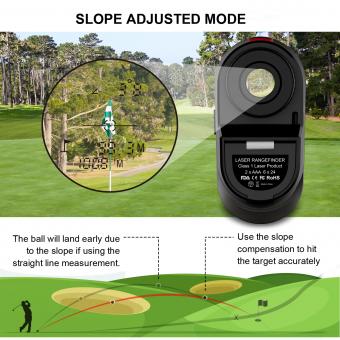
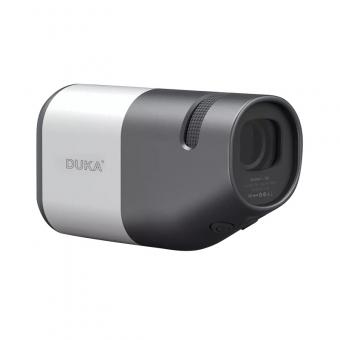



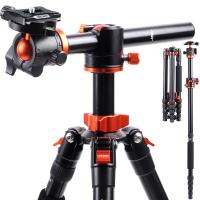
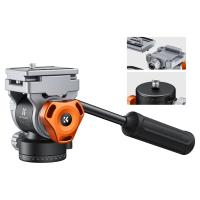




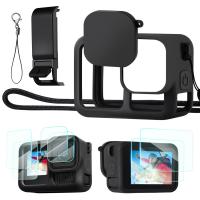
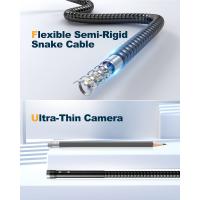


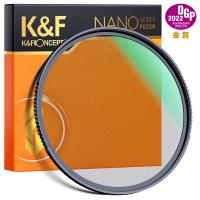

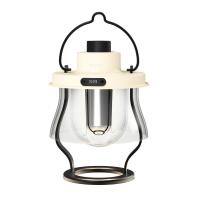
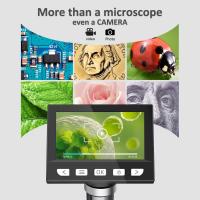
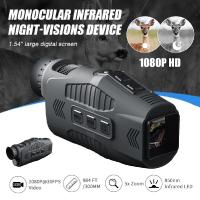
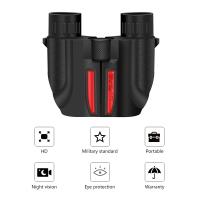
There are no comments for this blog.